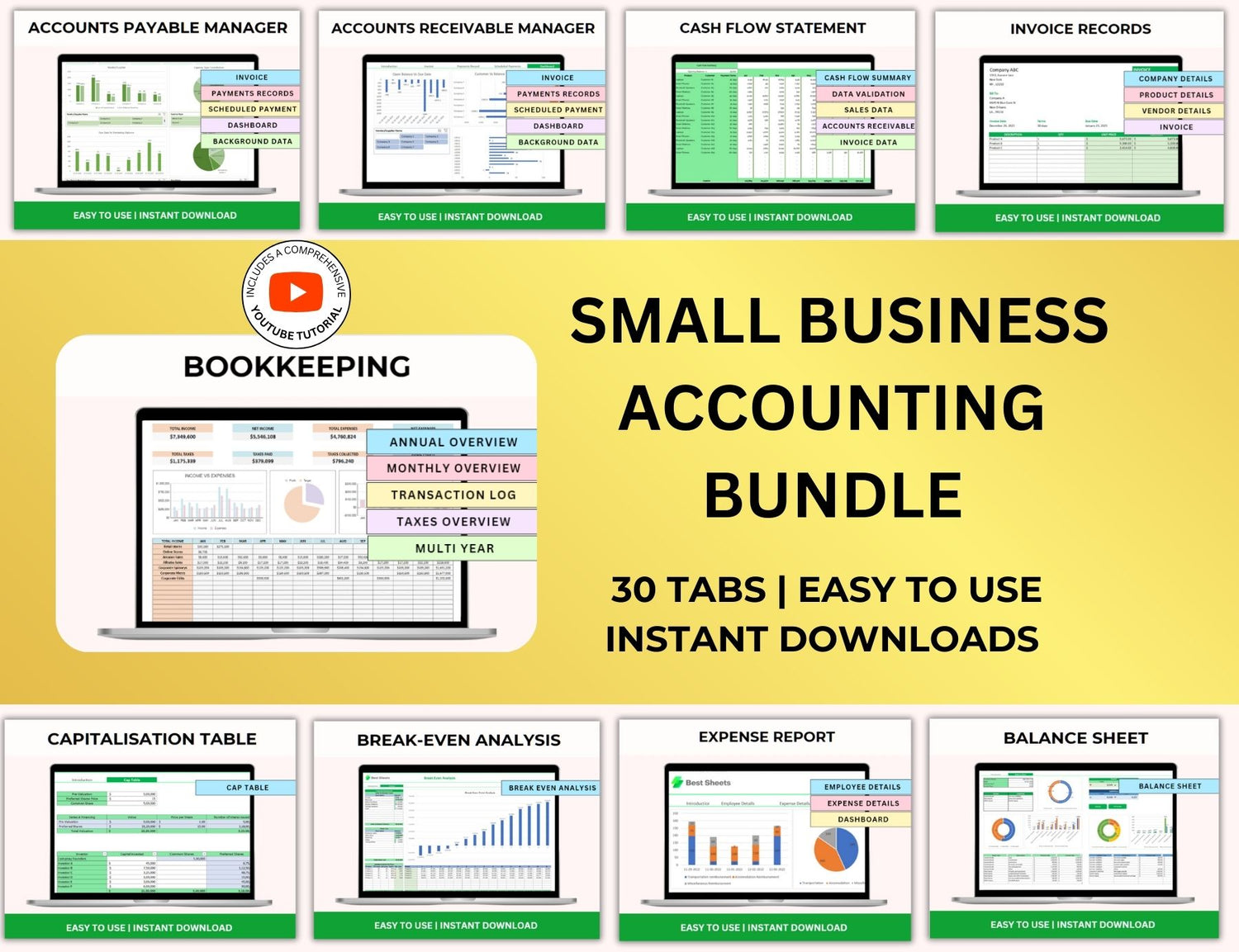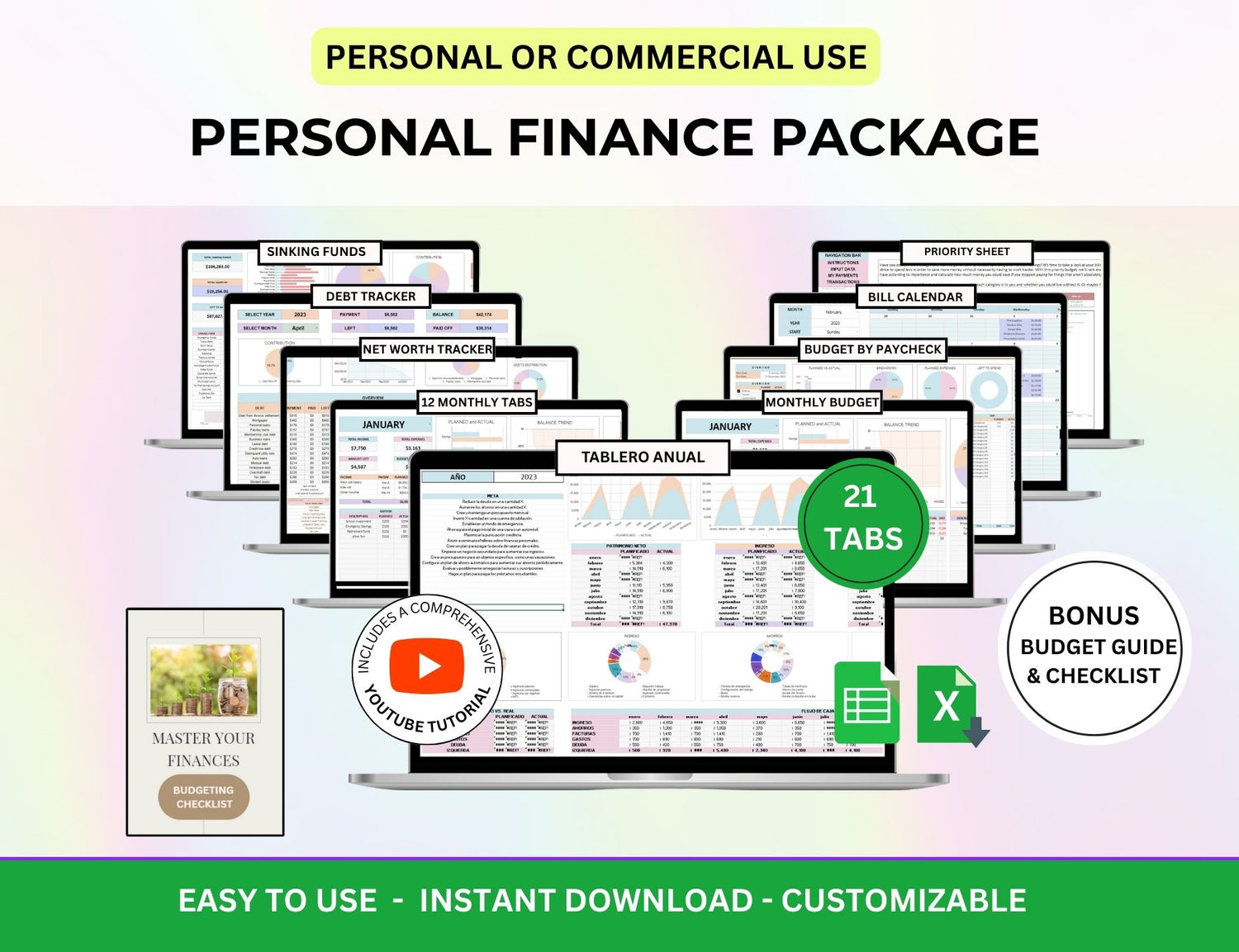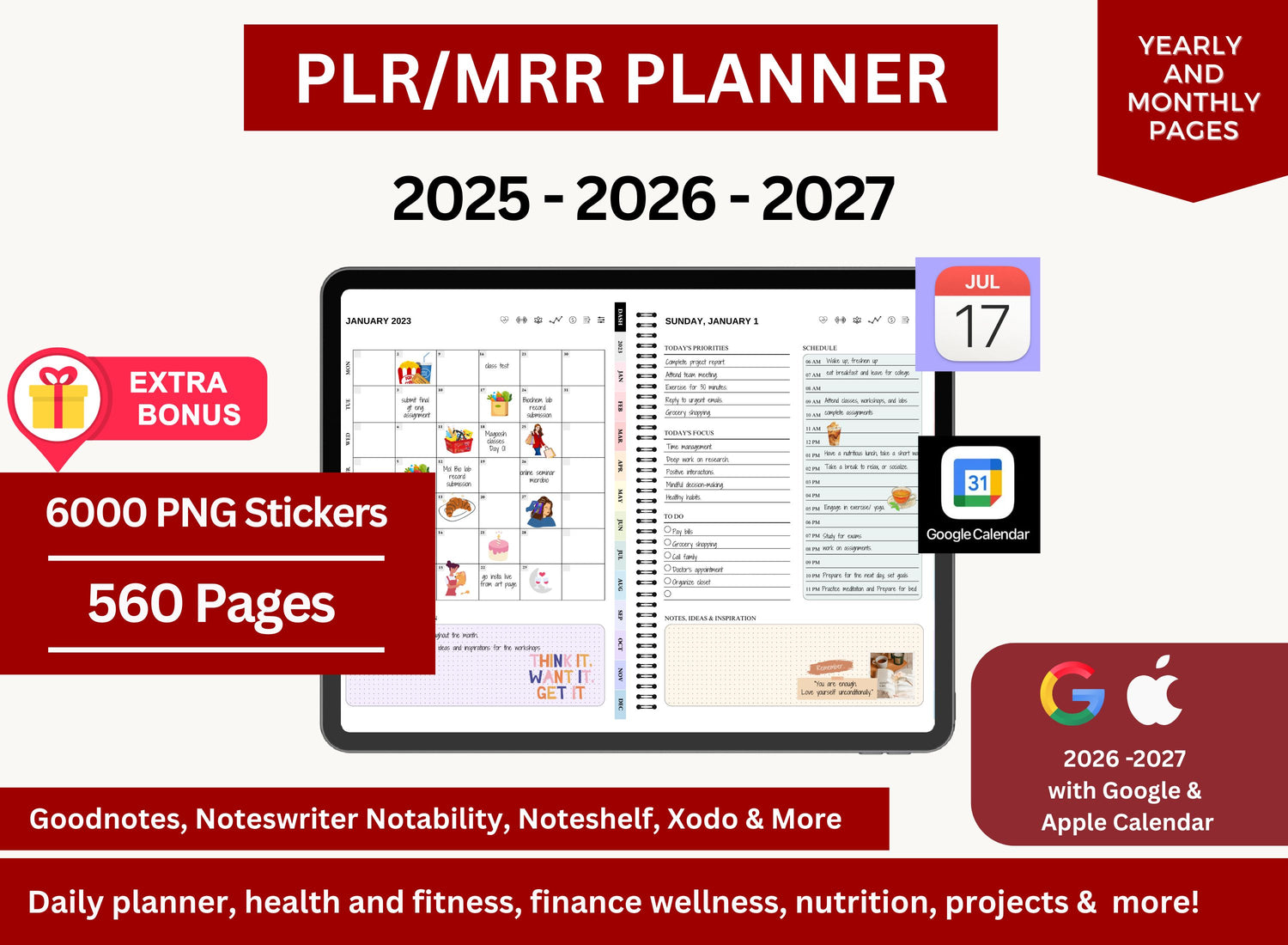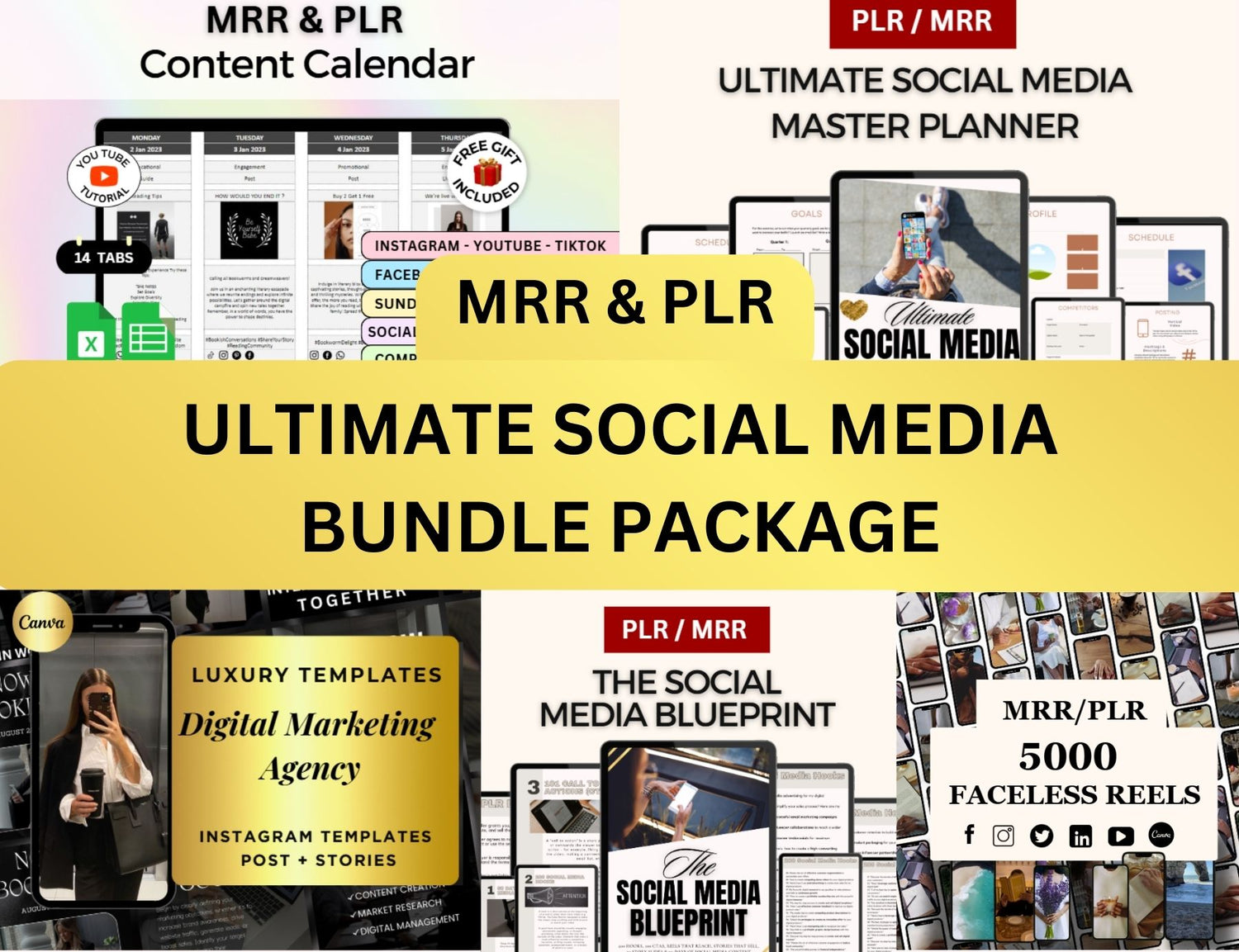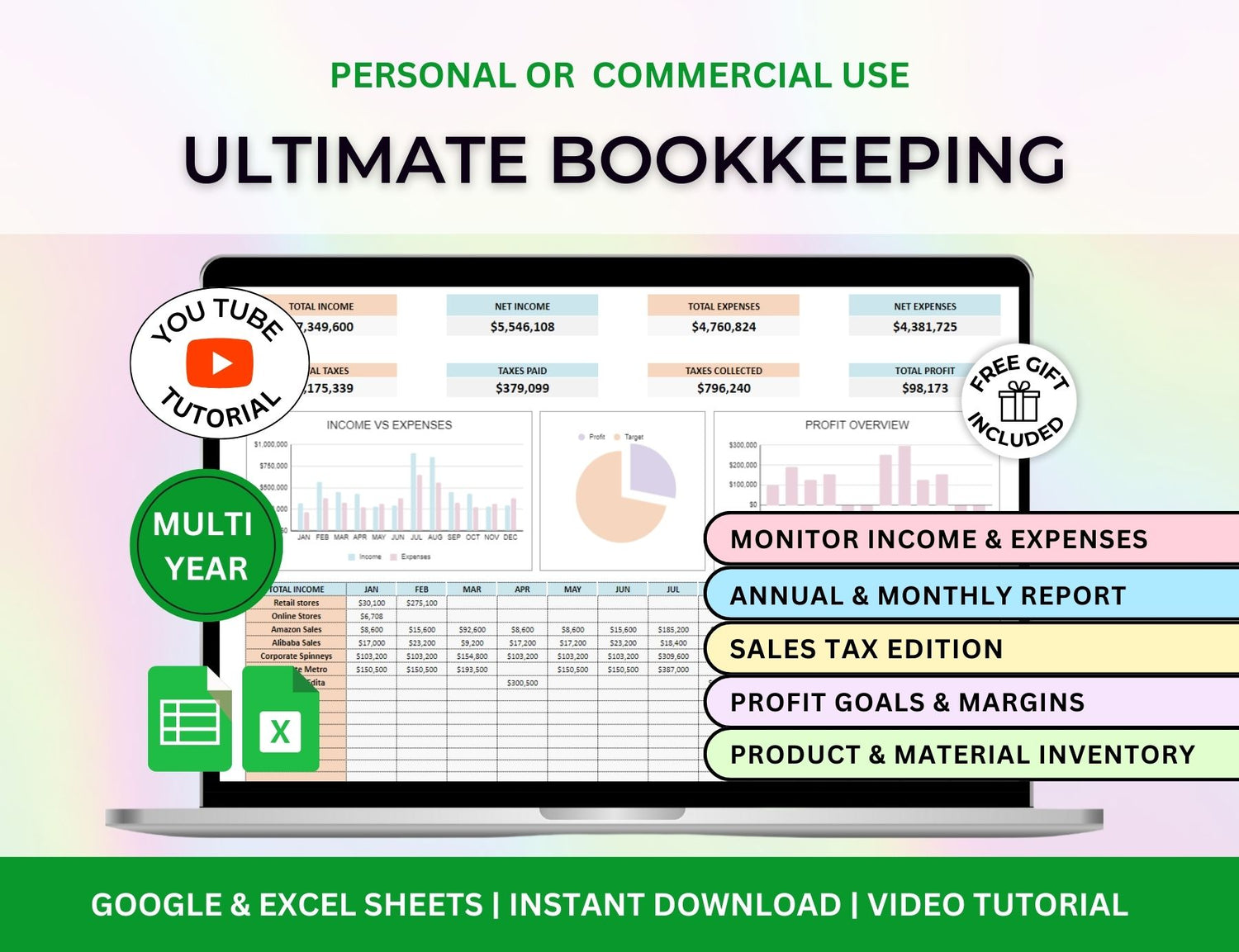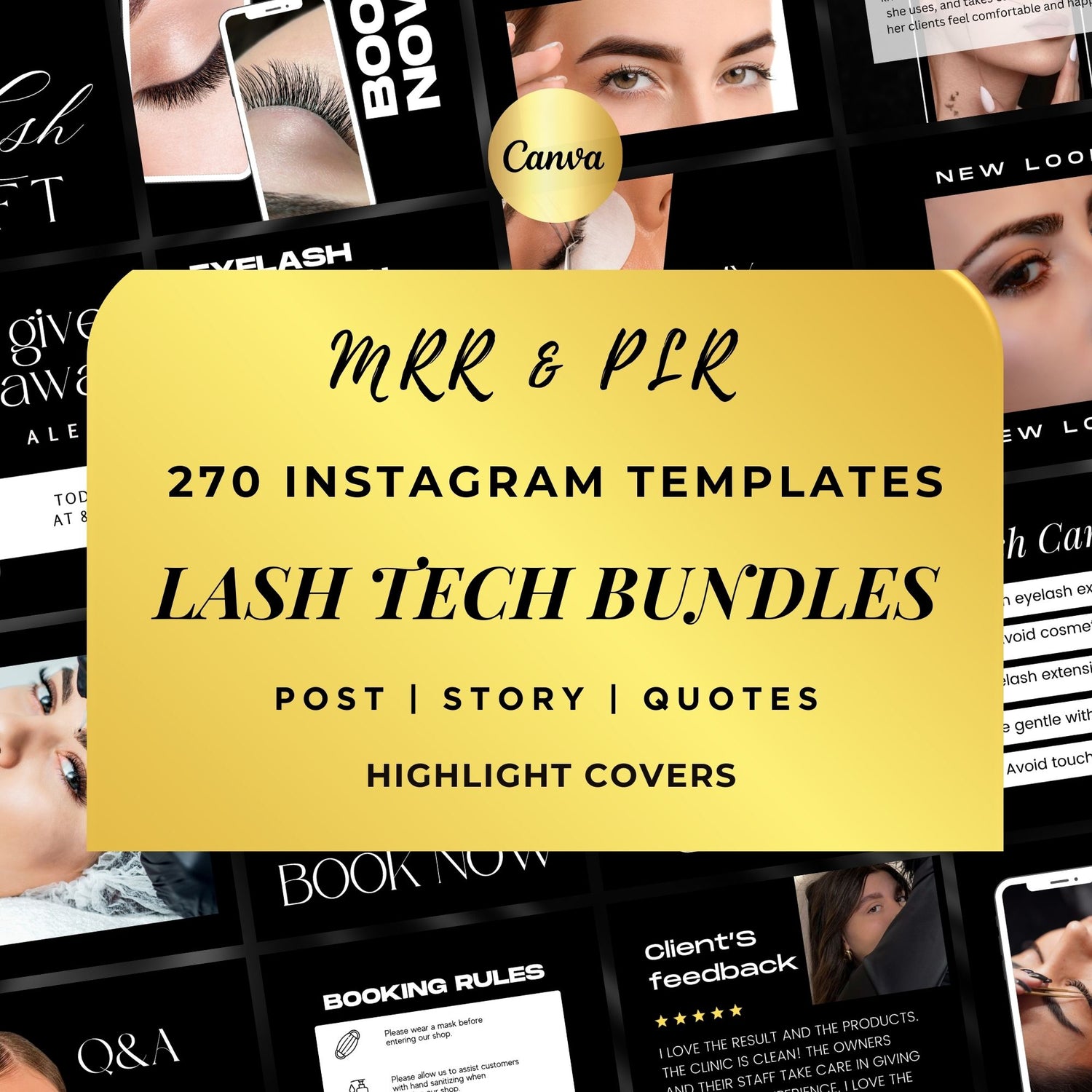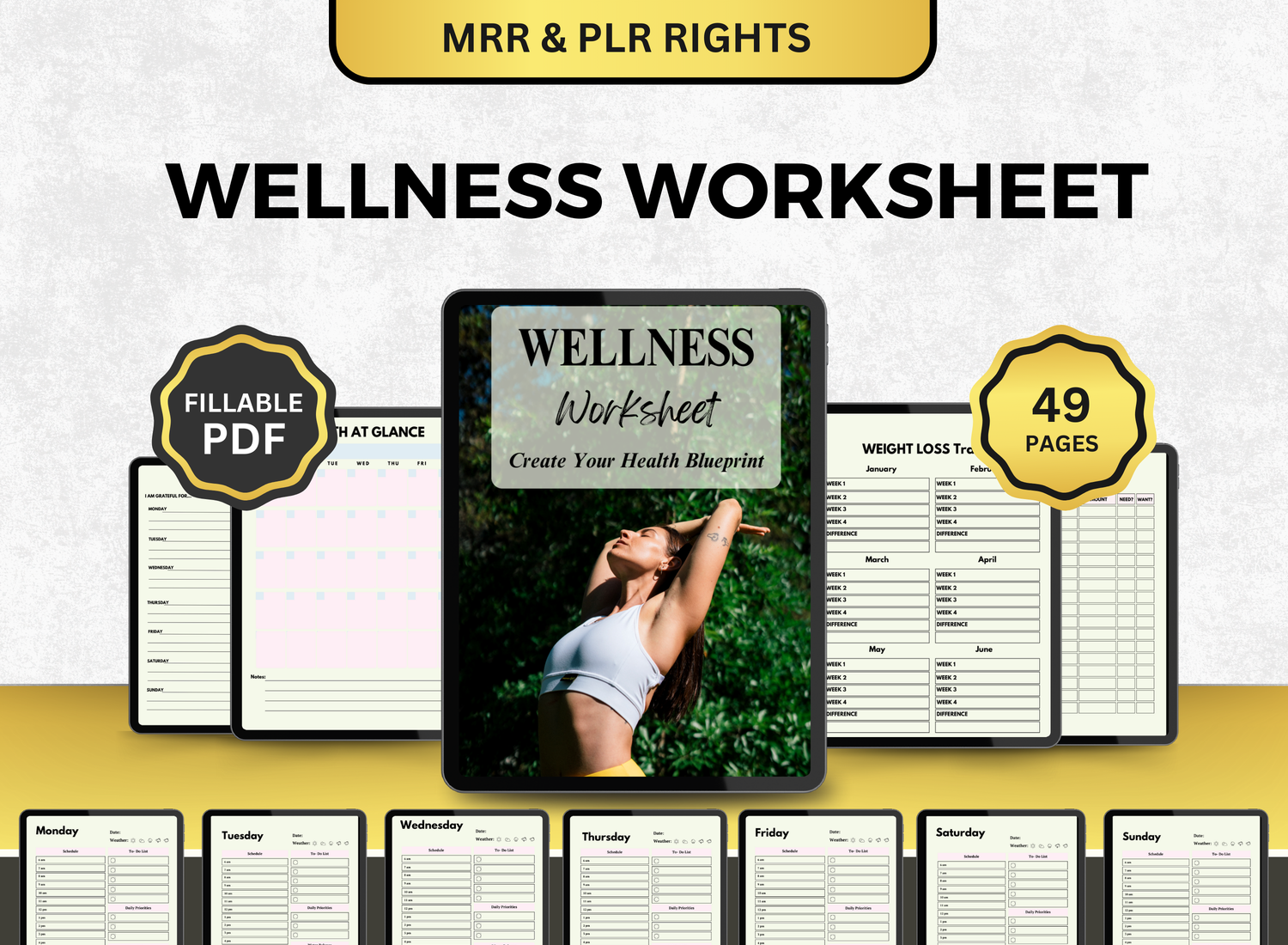Passive Income Hack: Reselling Digital Products You Didn’t Even Create 🤯
Let’s just say it: most of us want more income without dramatically changing our daily routine. Not because we’re lazy, but because we’re maxed out. Time, energy, attention—everything feels spread thin. So when you hear phrases like "passive income," it immediately sparks interest. Or curiosity. Or skepticism, maybe. And yet, despite all that, the idea lingers.
What if you could earn money without creating something new from scratch? Without dealing with inventory or shipping or... you know, talking to people all day. That sounds ideal. Perhaps too ideal.
That’s where reselling digital products comes in.
More specifically: reselling digital products you didn’t even create.
Sounds a little absurd, maybe. A little too easy? But it’s not a scam. And it’s not some black-hat trick either. It’s called Master Resell Rights (MRR), and when used properly, it's one of the most overlooked ways to make money online in 2025. It lets you tap into an already-made product—a good one, ideally—and sell it as your own.
You don’t have to reinvent the wheel. You just have to roll it in front of the right people. And okay, maybe push a little.
TL;DR
Passive Income Hack |
Resell Digital Products (That You Didn’t Even Create) |
|---|---|
| Easy, scalable income | Use Master Resell Rights to sell ready-made downloads |
| No product creation needed | Make money online while you sleep (literally) |
So What Exactly Are Master Resell Rights?
At its core, Master Resell Rights mean you purchase a digital product with permission to resell it to others, and—here's the twist—those buyers can also resell it. You get the rights, and then your buyers get the rights. It becomes this multi-level system of value sharing. Or at least, that’s the idea.
Think of it like a digital chain letter, except no one gets scammed and everyone gets something of value. Though, honestly, some products feel like scams if you're not careful. That part matters.
You pay once, keep 100% of every sale you make afterward, and your customers can do the same. It’s a business model that rewards both sellers and resellers, as long as the original product is solid. And legal.
Let’s clarify that last part: this only works with products designed for resale. Not just any downloadable PDF or Canva template floating around on Pinterest. No, it needs to be explicitly labeled.
Look for licenses that clearly say: "Master Resell Rights" or "Resale Rights Included." If it just says "Personal Use," well, that’s not it. That’s where a lot of people get tripped up, actually.
Sometimes you think, "Oh, this looks resell-friendly," but unless it's stated outright, it probably isn't.
(An example of a MRR digital product bundle; mental health and therapy worksheet bundle.)
Why This Model Makes More Sense in 2025 Than It Did a Few Years Ago
A few things have shifted recently.
For one, the digital product economy is booming. People are actively spending money on downloadable courses, templates, checklists, toolkits, swipe files—you name it. Platforms like Etsy, Gumroad, and Stan Store have made selling digital products so accessible, it's almost harder not to try it. Well, unless you're completely tech-averse, in which case it might still feel a little intimidating.
Secondly, there’s been a broader acceptance of self-education. It used to be that only official courses or credentialed programs held weight. Now? People buy micro-courses and Notion templates like they’re picking up a coffee. Quick. Useful. Affordable. Sometimes even kind of fun.
According to Statista, the global market for digital downloads is projected to hit over $77 billion by 2028. That’s not a small number.
The demand is there. And that demand opens the door for people like you and me to step in—not as creators, necessarily, but as resellers.
Also, let's be real: attention spans are shorter. People want quick wins. They want something that works now, not after 12 weeks of content.
(An example of a digital lifestyle journal.)
Real Talk: You Don’t Have to Be an Expert, But You Do Need to Be Selective
This part gets a little tricky.
Just because you can resell something doesn’t mean you should. Not every digital product is created equal. Some are, to be frank, pretty useless. Outdated, poorly written, unattractive—you know the type. I once downloaded a "business toolkit" that turned out to be a glorified list of Google Docs. Zero formatting. Barely coherent.
But there are good ones out there. Some creators design entire "Business-in-a-Box" kits with slide decks, email funnels, branding assets, course videos, and even pre-written ad copy. And they sell the resell rights to the whole thing.
I came across one last year: a course on building a digital brand using Instagram. It included 20+ video modules, PDFs, and even a Canva-based funnel system. The MRR license was $75. I bought it. Rebranded the whole thing. Priced it at $147. Within a week, I'd made my money back.
Could I have sold more if I was more aggressive with marketing? Probably. But even a few sales a month feels like a win for something I didn’t build from scratch. And honestly, I’d rather do that than spend weeks trying to record videos with perfect lighting and sound. It just fits better into the way I work—quick bursts of focus, not long-term creation marathons.
That said, it’s not always plug-and-play. Sometimes you get a product that looks promising but just doesn’t land. That happens. You move on.
What Kind of Products Can You Resell?
This is where it gets interesting. The options are honestly broader than most people expect:
- Online courses (especially on trending topics like productivity, social media growth, budgeting)
- Workbooks and planners
- Business startup kits
- eBooks
- Notion templates
- AI prompt bundles
- Social media content calendars
- Website templates
In short, anything that can be packaged as a digital file.
One thing to watch for: quality. A 5-page eBook with outdated information isn’t going to fly, no matter how pretty the cover is. The market is savvy. People can smell filler content from a mile away. They don’t say it outright, but they know. And they bounce.
Also, try to think about the end user. Would you find this useful? Would your cousin? If the answer is "eh, maybe not," that might be a sign.
Where Do You Find Digital Products With Resell Rights?
There are entire platforms built around MRR and PLR (Private Label Rights), and some of them are better than others.
Do your due diligence. Always read the license details. Don’t assume MRR is included just because the product looks resell-friendly. That mistake could cost you time, or worse—a bit of your reputation.
And maybe this goes without saying, but: don’t try to resell things you downloaded for free off someone else’s blog. Not only is that ethically questionable, it’s also a quick way to get banned from platforms or worse.
Sometimes people ask if it’s "too saturated." But honestly, it depends more on how you position the product than what the product is. That makes a difference.
(An example of a printable journal; shadow work prompts journal.)
Setting It All Up: What You Need (And What You Don’t)
You actually don’t need a lot.
Most people think they need a fancy website or complicated funnels. But platforms like Payhip, Stan Store, Etsy, and Gumroad handle almost everything. Payment processing, digital delivery, basic analytics. Done.
Here’s a quick breakdown:
1. Choose Your Product
Pick a digital product that is useful. Something that solves a problem. Bonus points if it aligns with a topic you care about. Or even mildly enjoy. That helps.
2. Customize It
Change the title. Swap out images. Adjust the tone. Make it yours. This part can be weirdly satisfying, especially if you like tweaking things until they feel just right. I find myself rewording entire sections sometimes, even if I don’t have to.
3. Upload It to a Platform
Set your price. Create a simple product description. Add a mockup if you can. Keep it clear. People like knowing what they’re getting.
4. Market It
This is the part that isn’t passive, but it’s also where you can get creative. Use Instagram Reels. Pinterest. TikTok. Your blog. A weekly newsletter. Even just word of mouth. The key is consistency, not perfection. Sometimes I only post once a week, and even that helps.
Once you make your first sale? It gets a little addictive. Not in a bad way, but in a "this is actually working" kind of way.
But... Is This Truly Passive?
Let’s be honest: not at first.
Setting things up takes effort. Picking the right product takes time. Marketing it, testing headlines, adjusting prices—that’s all active work.
But once the machine is running? Once you’ve got even one product that sells regularly, with minimal maintenance? That’s about as close to passive income as you can get without owning rental property. Even then, I’d argue this is less stressful.
Still, results vary.
Some people make a couple hundred bucks a month. Others, a couple thousand. I heard from someone recently who turned her MRR store into a full-time income. But she also built a whole content strategy around it. Email funnels, automation, the whole nine yards.
If you just want a trickle of extra income with minimal upkeep, that's possible. If you're hoping for a full-blown business? That's possible too—but it won't be instant. And not every product will work.
And there are phases. Months when things are slow. Then suddenly, you hit a stride. It ebbs and flows.
(An example of an editable branding kit for social media; mindset coach social media templates.)
Common Mistakes (And How to Dodge Them)
Alright, here are a few traps I’ve either fallen into or narrowly avoided:
- Overpricing low-value products. Just because something has MRR doesn’t mean it’s worth $197. Value has to be real, not just perceived.
- Not branding. Generic products rarely convert well. Customize your listings. Add your touch.
- Trying to sell everything to everyone. Niching down helps. A lot.
- Giving up too soon. First products rarely go viral. That’s normal. It's discouraging, sure, but it's also part of the process.
- Forgetting about mobile. A surprising number of buyers shop from their phone. Test your pages.
And maybe most importantly: don’t rely on hype alone. If your entire pitch is "This is a passive income goldmine," people will tune out. Show what the product does. What it solves. Why it matters.
A Final (Somewhat Contradictory) Take
So, is reselling digital products with Master Resell Rights a silver bullet? No. But it’s closer than most things out there. Especially if you’re not in a position to create your own content from scratch.
It’s flexible. It scales. It feels a little sneaky at first, but only because it flips the script. We’re used to thinking we have to make everything to sell anything. Turns out, you don’t.
And maybe that’s the real mental shift here.
You can still create later, if you want. But you can start now—today, even—with something that already exists.
That first sale? It changes things. Not dramatically, maybe. But enough to make you wonder: what else is possible?
And really, that question alone—what else is possible?—might be the thing that keeps you going.
Even if you're not quite sure where it's all headed yet.





